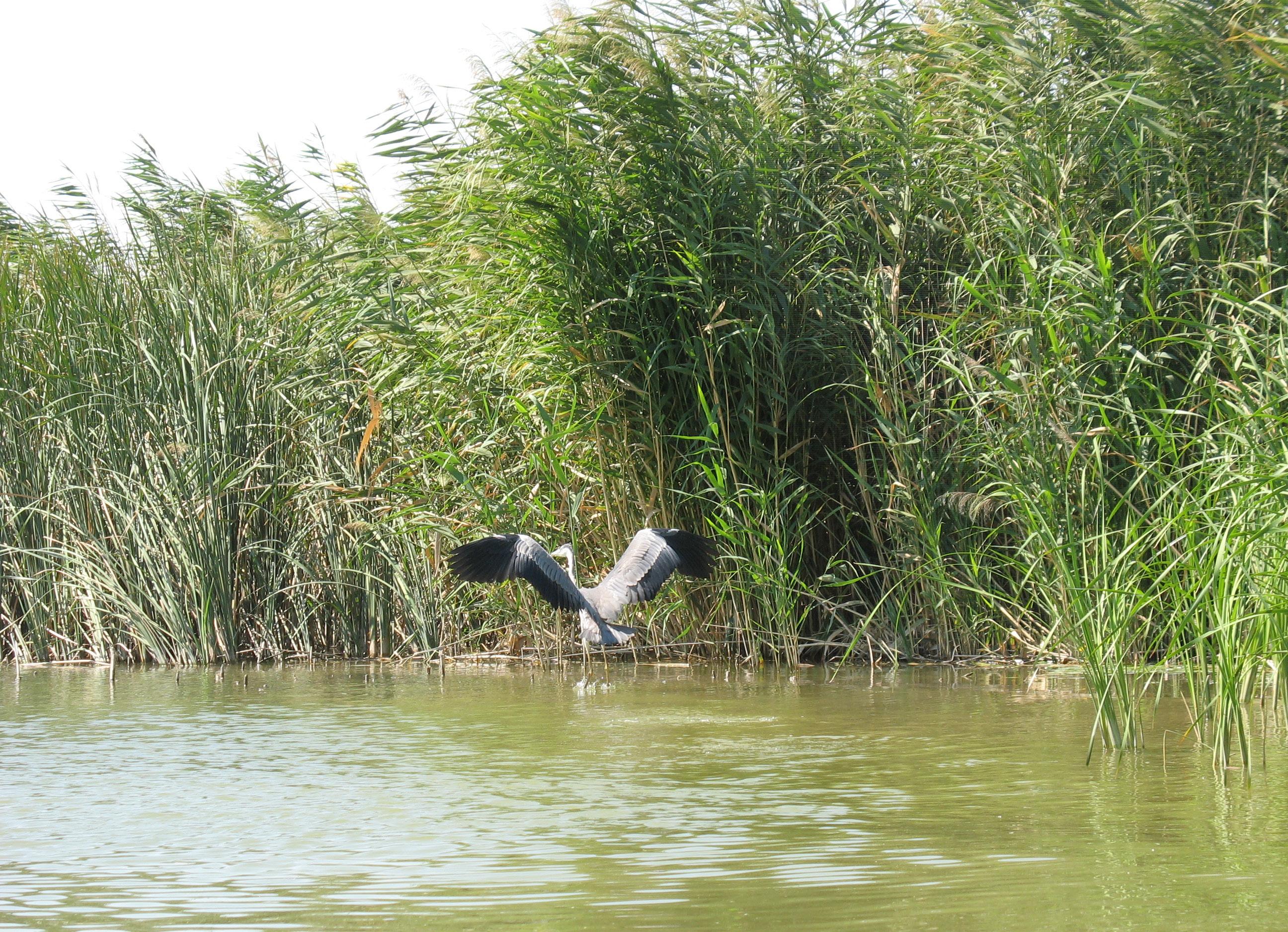Barsakelmes State Nature Reserve

It wasn't long ago that Barsakelmes was an island in the middle of the Aral Sea, which at the time was considered to be the fourth largest lake in the world. In the waters, the fish were plentiful and there was a successful fishing industry based here. While on the island, the geographic isolation made it a protected area where endangered species could live.
In the 1960s, the lake started to dry up when the rivers that fed it were diverted for agriculture. By the 1990s, Barsakelmes was no longer an island, and these days there is less than 10 per cent of the water remaining in the Aral Sea. The lakebed, dry and cracked, became the world's youngest desert and now visitors cross it in cars rather than boats.

The Barsakelmes State Nature Reserve consists of three unconnected sections, one of which is the former Barsakelmes Island itself. On the island, a tourist route has been developed called 'Cape Butakov'. It's named after Lieutenant A. I. Butakov who led a scientific expedition to the island in 1848. The route includes a monument to the expedition, viewpoints of the stark arid landscapes, and the steep sides on the island's south. There are also excavations of human settlements called Kerderi from as early as the 11th century.
In a section of the Barsakelmes State Nature Reserve called Kaskakulan, there's more vegetation on the island, so it's here that many of the endangered species migrated to as their protected area dried up. There are about 600 kulans here, which is an impressive increase since they were reintroduced in 1958, while there are also goitered gazelles and saiga antelopes. When you visit, there's a good chance you'll be able to spot some of these species, particularly the kulan.

Getting to Barsakelmes State Nature Reserve is an adventure, with the remote destination and limited accessibility keeping visitor numbers low. But there are some tour operators that will lead trips into this stark landscape where the desert conditions are still in a state of flux and the wildlife is constantly adapting to their changing environment.

